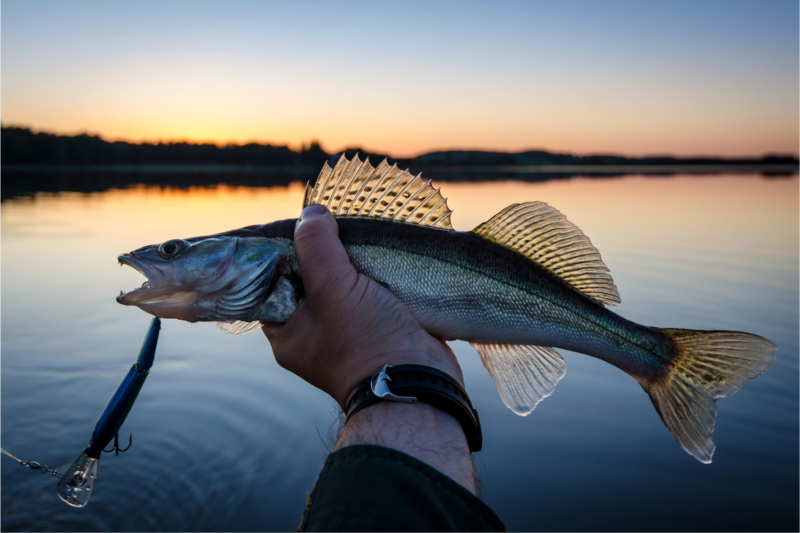Latest neuroscience research adds further weight to the argument that fish do feel pain

Examining human patients with rare brain damage, scientists found key areas of the brain thought to be needed for pain are not in fact necessary
While fish lack certain regions of the brain typically associated in humans with processing the unpleasantness of pain, this does not offer definitive proof that fish don’t experience painful events.
These are the conclusions of new peer-reviewed research published in the journal Philosophical Psychology which looks to help further settle the ongoing debate over fish pain – which is often disputed around the ethics of fishing.
Examining human patients with a rare brain damage, an international multidisciplinary team of scientists from institutions including The University of Texas at Arlington and the University of Geneva, found that key areas of the brain thought to be needed for pain are not in fact necessary – undercutting a key argument used to deny pain in fish.
“Many humans who have suffered brain injuries that impact pain-processing regions still maintain pain affect and self-awareness, such cortical regions aren’t necessary for pain,” states lead author Phil Halper, an independent researcher in Great Britain.
“Therefore, despite continued arguments mainly focused around fish lacking these certain cortical regions in their brains associated with the emotional unpleasantness of pain, it is likely that they do feel pain.
“Claiming that fish don’t feel pain due to the absence of these regions of the brain could be much like concluding they can’t swim because they lack arms and legs!”
The team’s research looked at a brain damaged human patient, ‘Roger’, who had key ‘pain regions’ of his brain destroyed by disease.
He was examined and, surprisingly, his pain sensations, including the experience of the emotional unpleasantness of pain, were not only intact but were more sensitive than average.
Halper realized that Roger’s and other similar cases may represent a new empirical window into the world of animal pain.
He began a collaboration with two of the experts who originally studied Roger, neuroscientist David Rudrauf, from Geneva, and philosopher Kenneth Williford, of Texas, along with pain systems scientist, Perry Fuchs – also of Texas.
The team examined anatomical damage detailed in multiple studies, including Roger’s, and showed that no single cortical region seemed to be necessary for pain affect.
The finding supports what Rudrauf calls “Neurofunctional Resilience”, the idea that the brain can flexibly employ multiple different systems to ensure certain essential functions like pain affect.
Others have suggested that as lobotomy patients (who have had their Prefrontal Cortex severed) reported their pain no longer bothered them, animals like fish that lack a Prefrontal Cortex might not find pain to be unpleasant.
But the team found that the results of these operations had been misinterpreted. Lobotomy reduced anxiety about the future, not the unpleasantness of pain. Roger’s frontal lobes were largely destroyed, but his pain affect, and self-awareness were intact.
“This yet again demonstrates that these cortical regions are not necessary for pain affect,” Halper adds.
While the study cannot prove that other beings feel pain, it has shown that arguments which rely on a lack of certain cortical regions to deny pain in other animals, including fish, look increasingly untenable. Following the evidence from earlier nociception and behavioral studies, this may well close the chapter on the long debate over fish pain.
The findings are further backed up by previous research in the early 21st century where pain receptors were discovered in fish, and scientists developed behavioral experiments that seemed to show that fish feel pain.
Answering whether fish feel pain is an important part of the quest to understand the complexity of the pain system. Our understanding of these processes could have major implications across our society and can be used to help guide future government, environmental and food industry policies, as well as personal dietary decisions.
“While our study cannot prove that fish feel pain, we can assert that arguments relying on a lack of certain brain structures to deny pain in fish look increasingly untenable,” Williford concludes.

 China
China